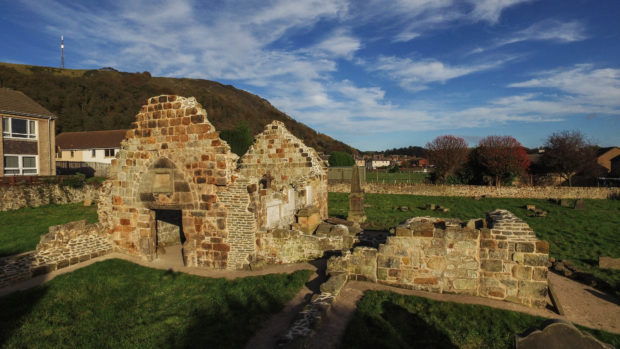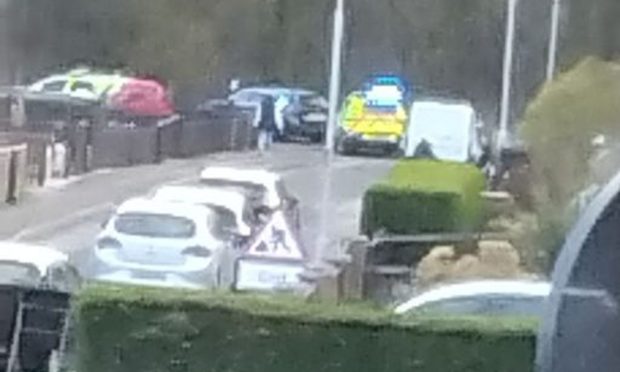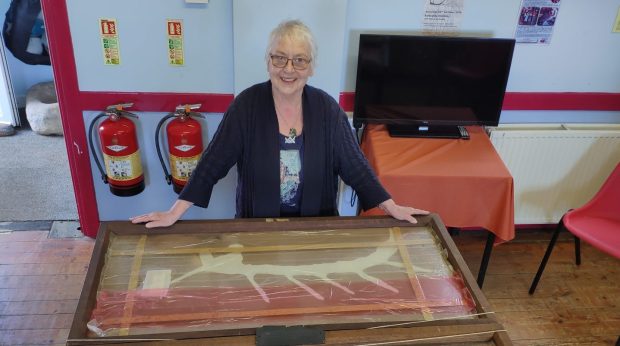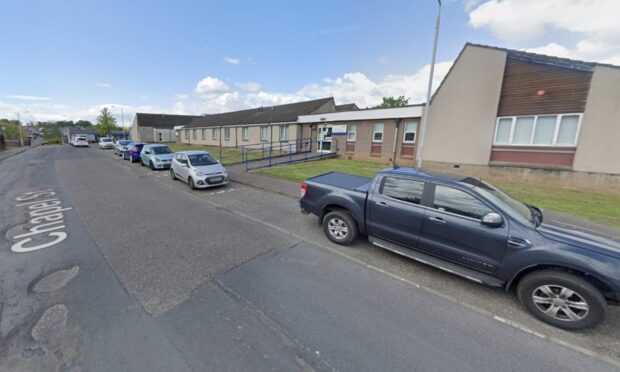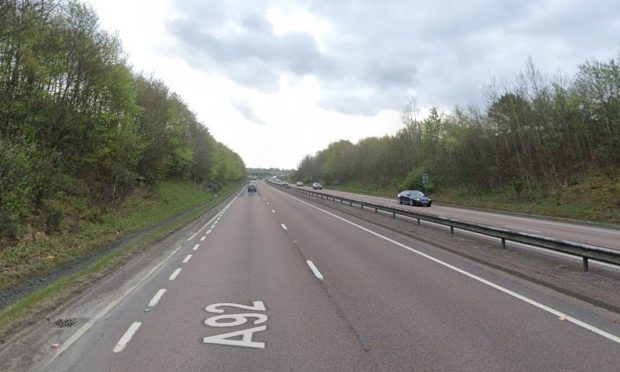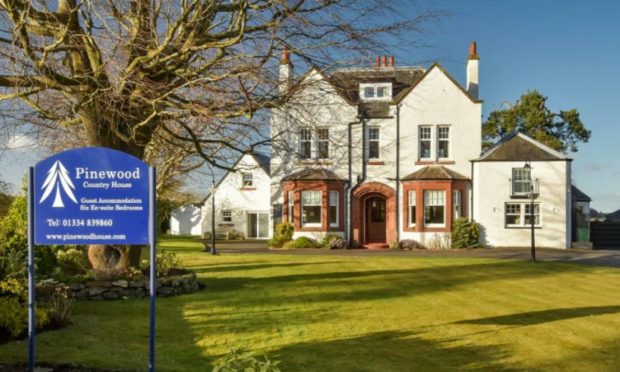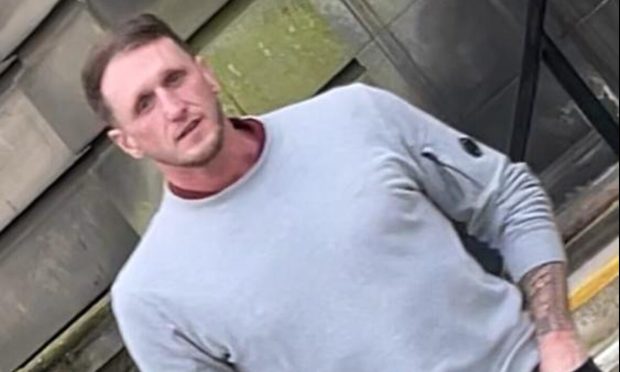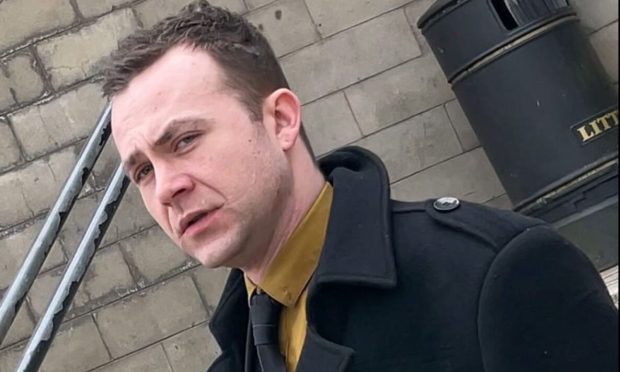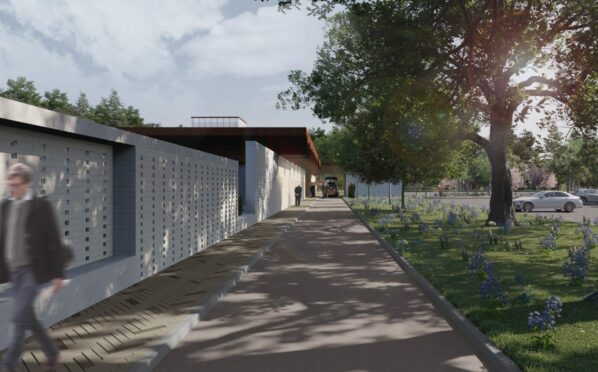A nationally significant church ruin and its graveyard has reopened to the public for the first time in decades.
Completion of work to protect Kirkton Old Church, Burntisland’s oldest building, was celebrated with a special event on Sunday.
The church has its origins in the 13th Century, dedicated to St Serf on May 19, 1243 by Bishop de Bernham.
A community project to make it safe for the future was led by Burntisland Heritage Trust, in partnership with Fife Council.
It received cash backing from several sources, including its major funder the Heritage Lottery Fund.
Trust secretary John Burnett said: “This support has made it possible to save this important heritage and to allow us to tell the story of the church and the graveyard to local residents and visitors.”
Kirkton was the parish church until around 1592, when the present Burntisland Parish Church was built.
The roofless ruin, which was in a precarious condition, was rescued from a stranglehold of ivy after a steering group was established in 2014 to spearhead its repair.
Yesterday’s annual Palm Sunday walk organised by Burntisland Churches Together began at Kirkton, where local clergy conducted a short reopening service.
Fiona Fisher, built heritage officer at Fife Council, who helped develop and manage the project, said: “This seems a fitting way to bring the church and community back together and to open up the site once more as quiet green space.
“This community-led project will bring one of Fife’s most important historic sites back into community use, and put it on Scotland’s cultural and tourist map.
“When I think of how neglected and dangerous the church and graveyard were, and the transformation that has taken place, allowing public use again, it makes me very proud to have been part of this project.”
Architecture and graveyard consultants and contractors were enlisted to direct and undertake stonemasonry and other specialist repairs to standards required by Historic Environment Scotland.
Two benches were provided by local firm Archway Metals.
Trust members researched the history of the church and gravestones and interpretation material has been provided on boards at the church, in a leaflet available online at www.kirktonoldchurch.org.uk.
Local people, businesses and community groups were involved, and Burntisland Primary School took part in green graveyard activities with Floral Action Burntisland.
Educational resources have been developed for the school and an exhibition is being prepared for Burntisland Heritage Centre.
